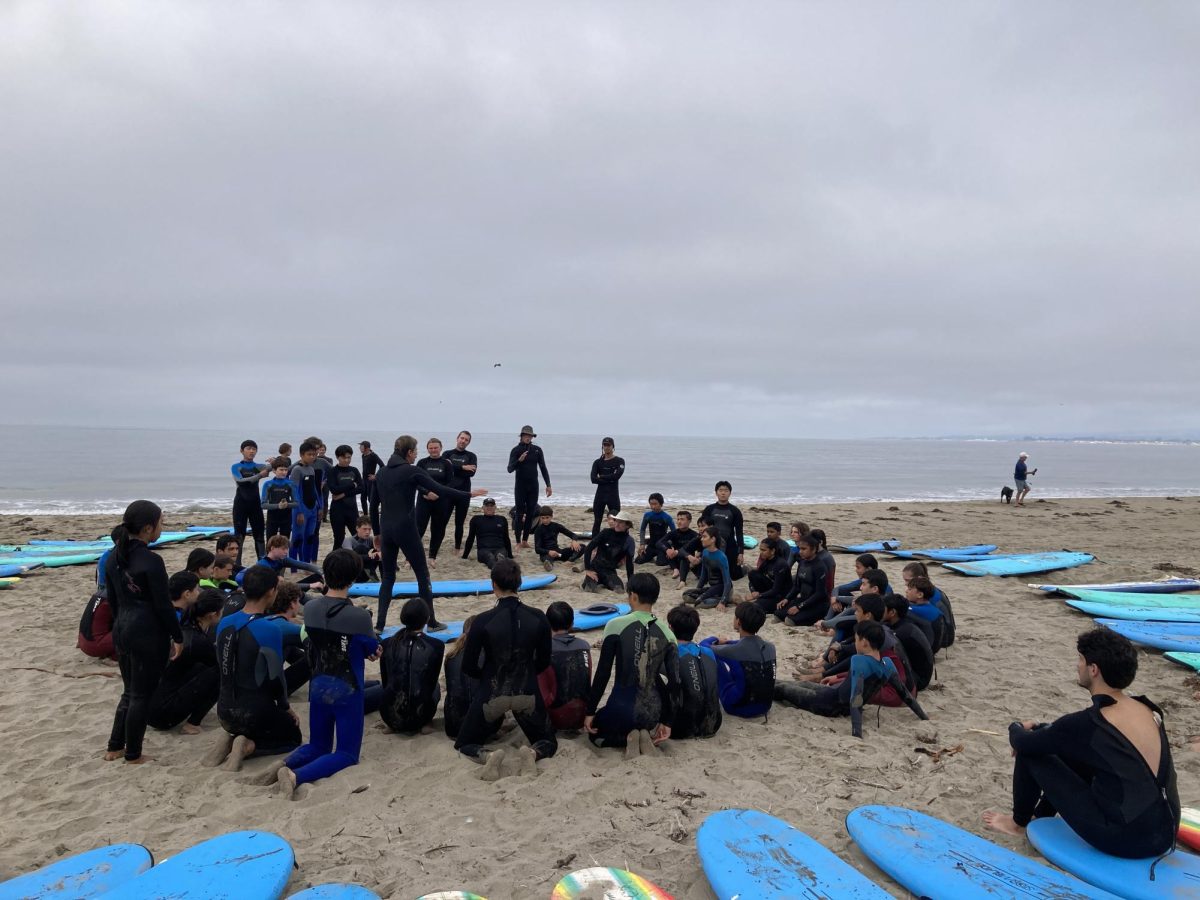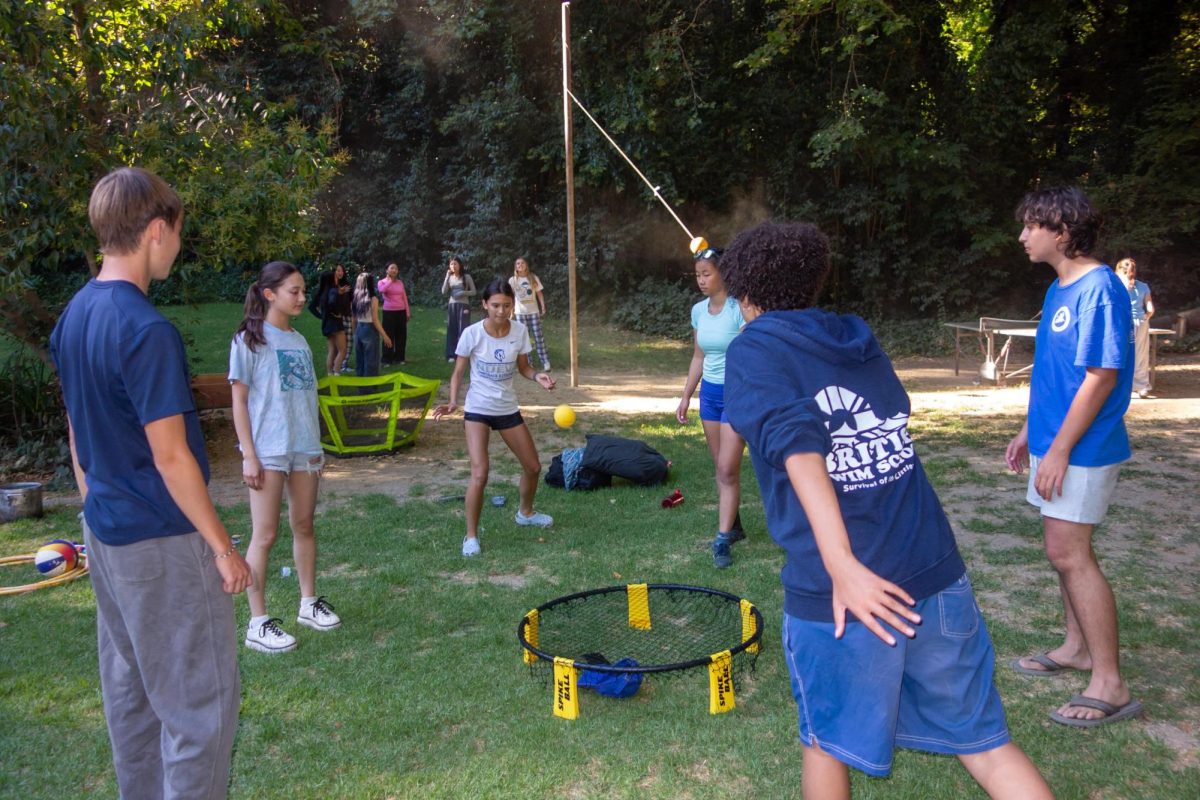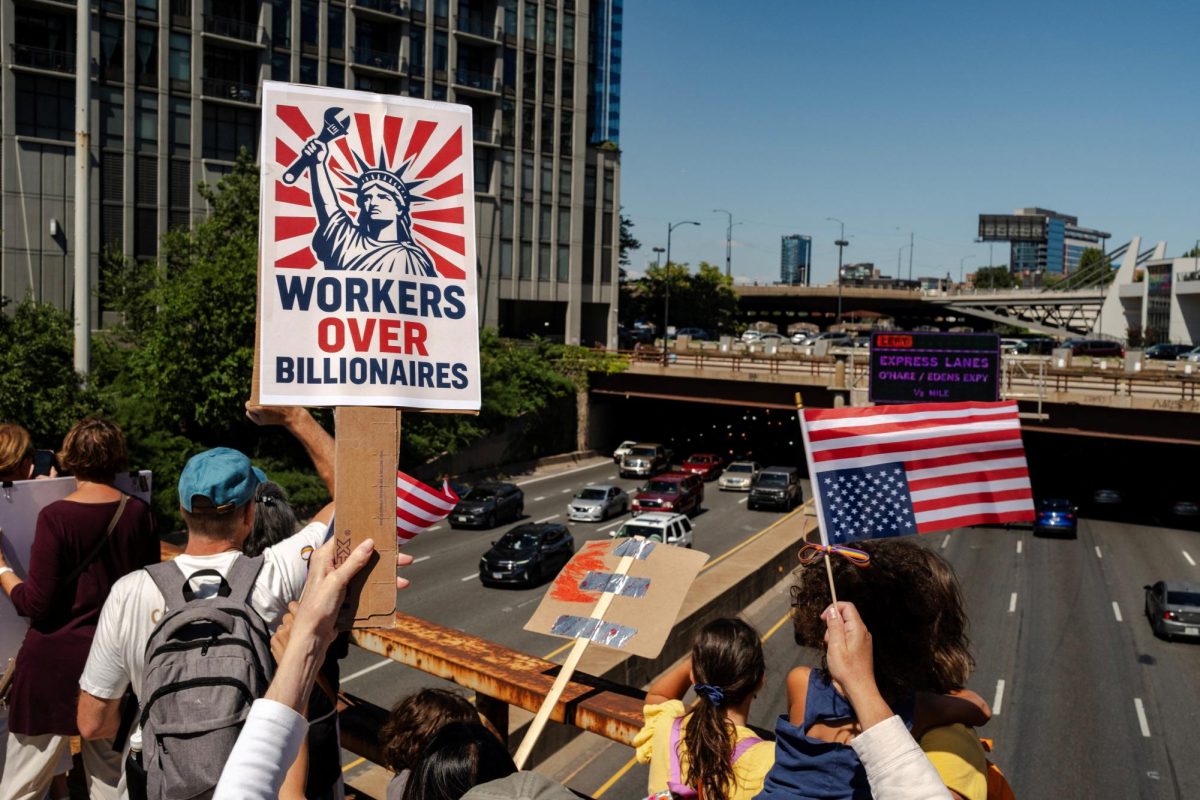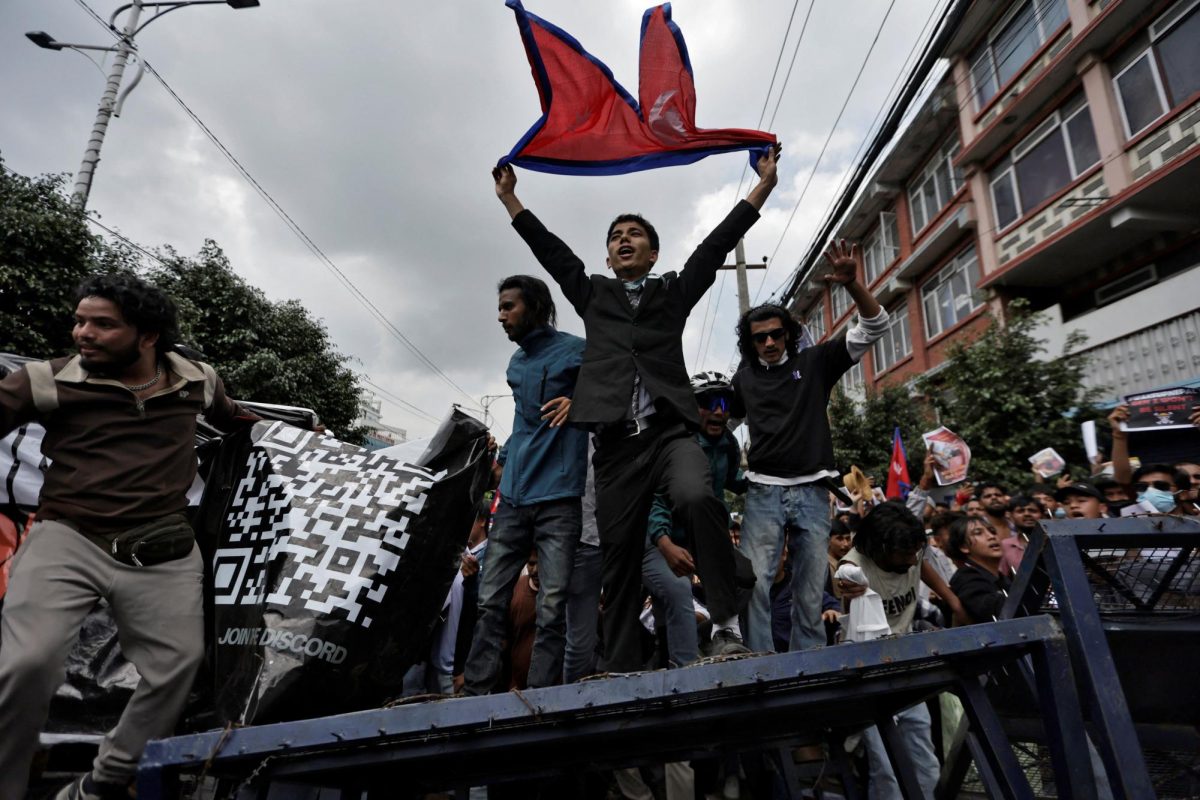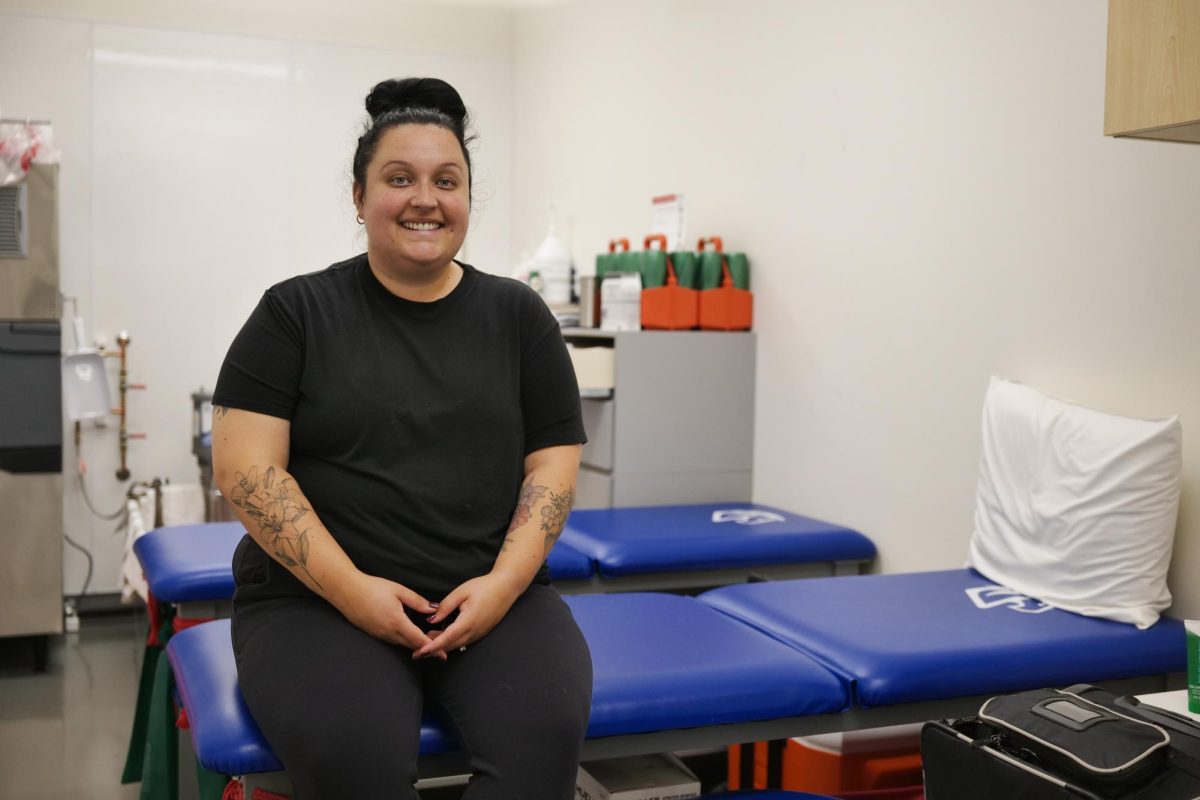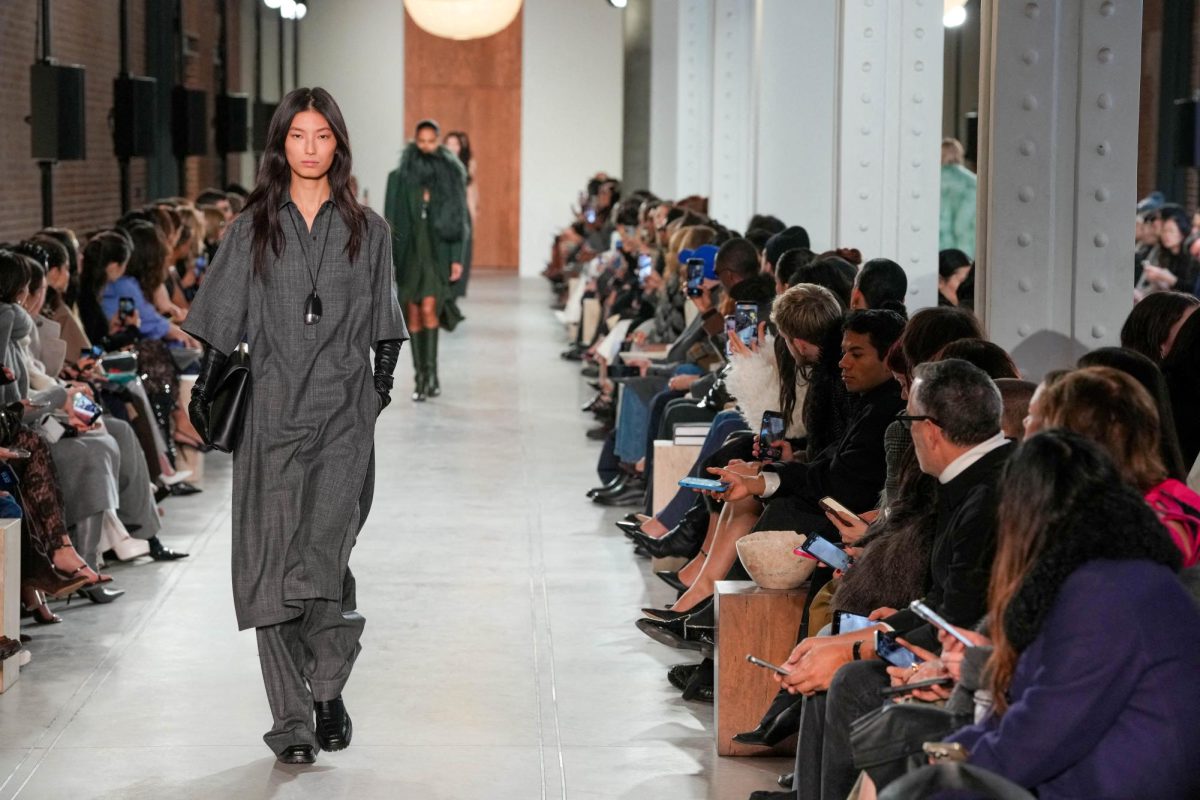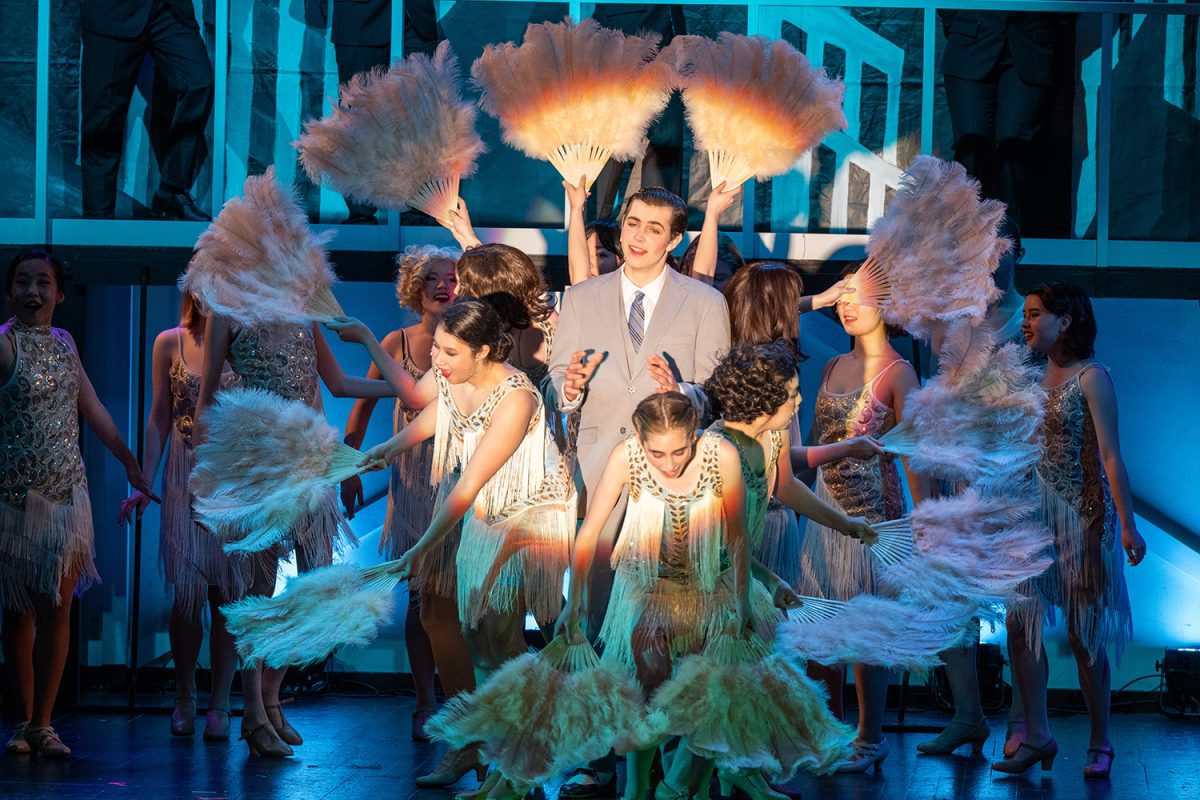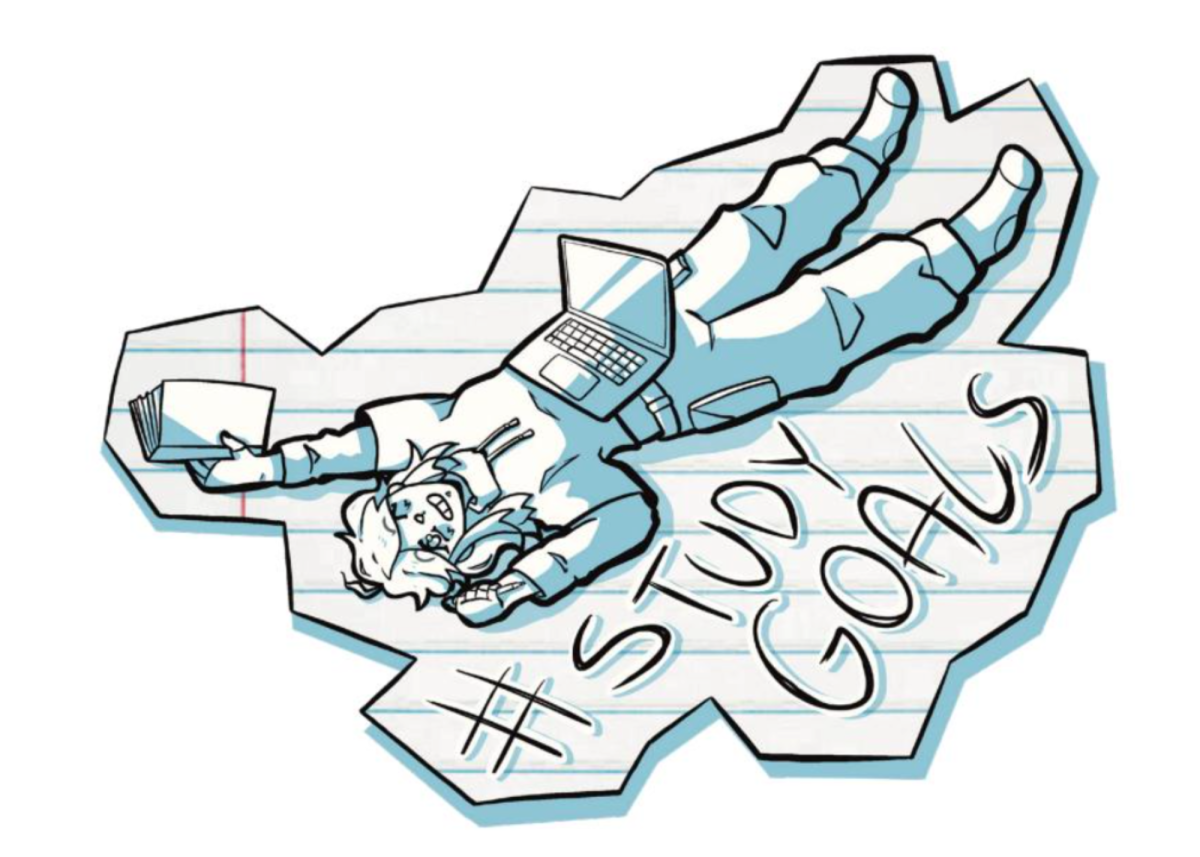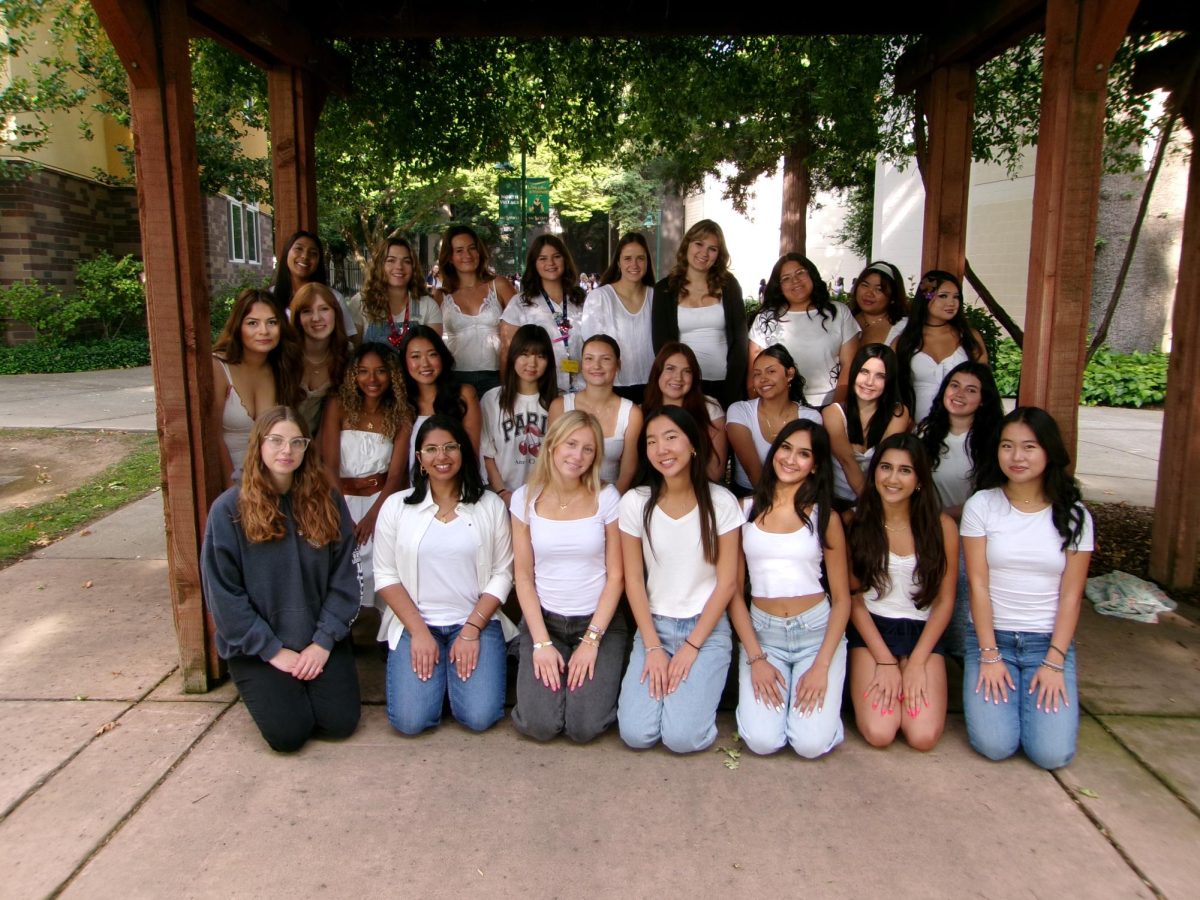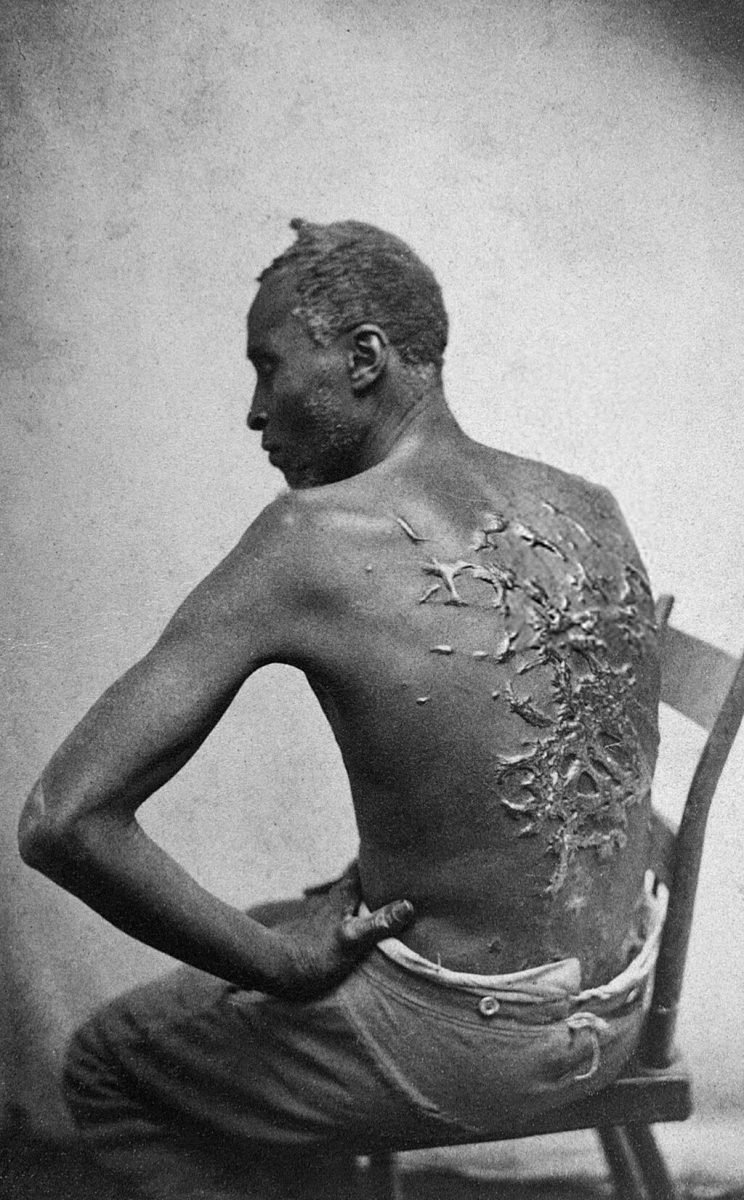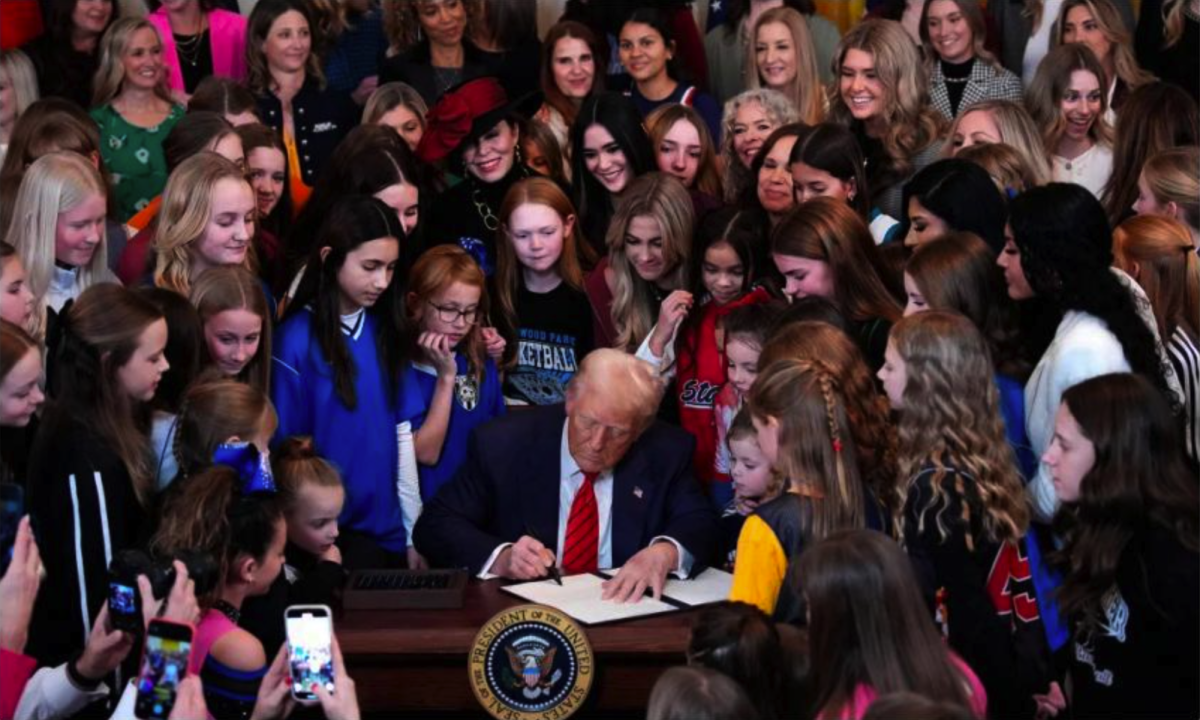On Feb. 5, President Trump signed an executive order to restrict transgender girls and women from participating in school sports at risk of divestment.
The order states that it will, “protect all-female athletic opportunities and all-female locker rooms,” to provide equal opportunity to female athletes.
This executive order has followed a strand of anti-LGBTQ+ motions. Also on Feb. 5, Trump signed a different executive order to recognize only two sexes based on biology and genetics at birth. On Jan 14., Congress voted to pass the “Protection of Women and Girls in Sports Act.” This bill would amend the Title IX law, which prohibits discrimination based on sex, gender, sexual orientation, pregnancy, and LGBTQ+ identity in schools and education settings, to recognize sex based on biology at birth and not identity. The bill passed 218–206, with the support of all Republican representatives and two Texan Democrats (Representatives Henry Cuellar and Vicente Gonzalez), but is awaiting Senate approval.
Shortly after Trump signed the executive order, the National Collegiate Athletic Association (NCAA) declared it would continue allowing transgender women to practice but not compete for their school.
“We strongly believe that clear, consistent, and uniform eligibility standards would best serve today’s student-athletes instead of a patchwork of conflicting state laws and court decisions,” said Charlie Baker, NCAA President. “To that end, President Trump’s order provides a clear, national standard.”
The conversation surrounding transgender athletes has been highly contentious. Some assert that transgender women are at a physical advantage over cisgender women. However, others have raised concerns about invasive questioning and inspection of young children’s bodies. For many, the recent string of executive orders is felt as an attack on LGBTQ+ rights—a demographic that already faces discrimination, especially in schools.
“When I get to the point where I could compete, I likely won’t be able to do so due to my identity,” said a transgender-identifying sophomore, who has been working to participate in athletics outside of school. “It’s pretty crushing to know that others like me have the skill and drive to compete but simply can’t. It restricts my future and hinders others’ present, and that’s disappointing.”



